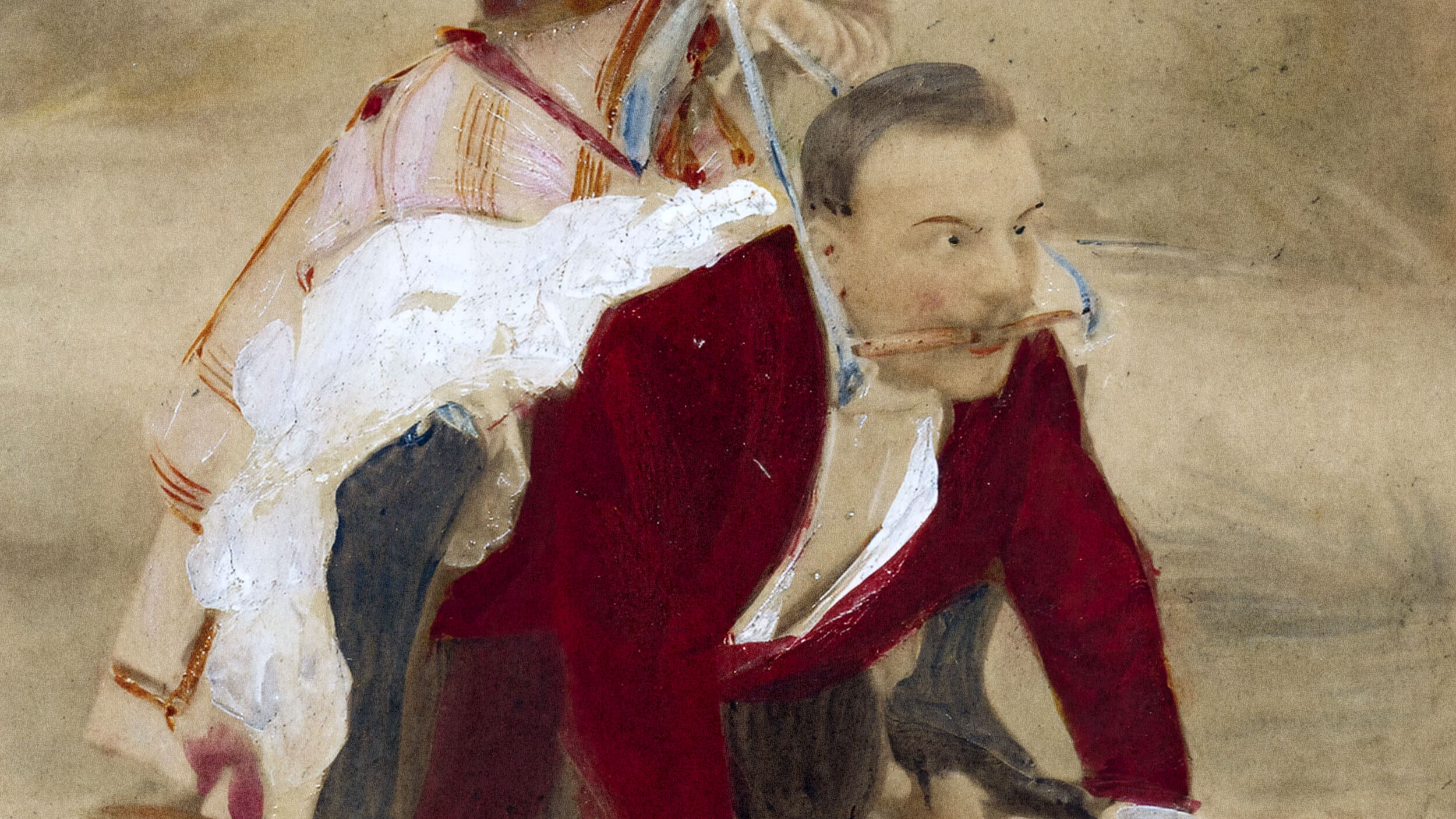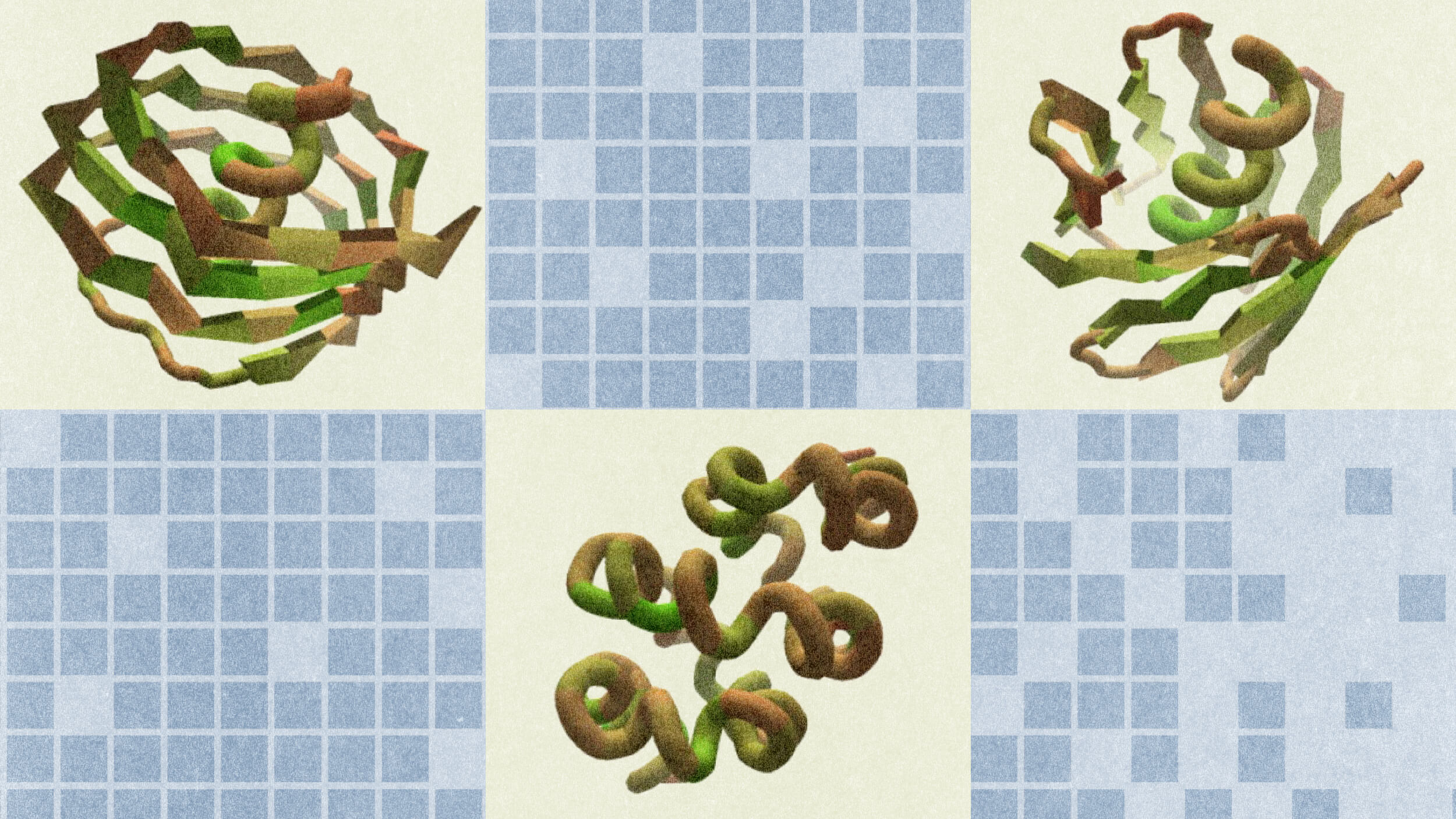Bill Nye: When Sputnik went off, October 4, 1957—this was after World War II which had been resolved but there were still some issues about who was going to run the world, especially Eastern Europe—people in the United States, I won’t say went crazy, but focused on developing science and engineering curricula for schools. It became a big deal. I’m there at my elementary school when a guy from NASA comes—NASA was a new thing developed shortly after that in 1958—the guy dips a cigar—back when it was politically okay to carry cigars—dips it in liquid oxygen and lights it. It burns like a road flare. It’s the coolest think I’d ever seen. I want to be an engineer! I want to work in space!
And so, we can do that kind of thing again, but it takes resources. You’ve got to decide it’s worth doing. So there are people that would, that believe when you need to make budget cuts the first thing you do is cut education. Just increase class sizes, have fewer teachers. But you can argue—I mean I’ll just point out, the heck with argue—that’s wrong. No, instead you should invest more in schools and teachers, especially science and math education. Teaching math is not expensive, it’s a value.
Directed / Produced by
Jonathan Fowler & Elizabeth Rodd
Bill Nye, scientist, engineer, comedian, author, and inventor, is a man with a mission: to help foster a scientifically literate society, to help people everywhere understand and appreciate the science[…]
▸
1 min
—
with
Related
Even just by examining the Moon with the unaided eye, we can learn an incredible amount about the Moon, Earth, and more.
How deep is your kink?
In “Dinner with King Tut,” Sam Kean examines how a burgeoning field is recreating ancient tasks to uncover historical truths.
With over 300 high-significance gravitational wave detections, we now have a huge unsolved puzzle. Will we invest in finding the solution?
By inviting players to tackle real scientific problems, games can offer a hand in solving medicine’s toughest challenges.






